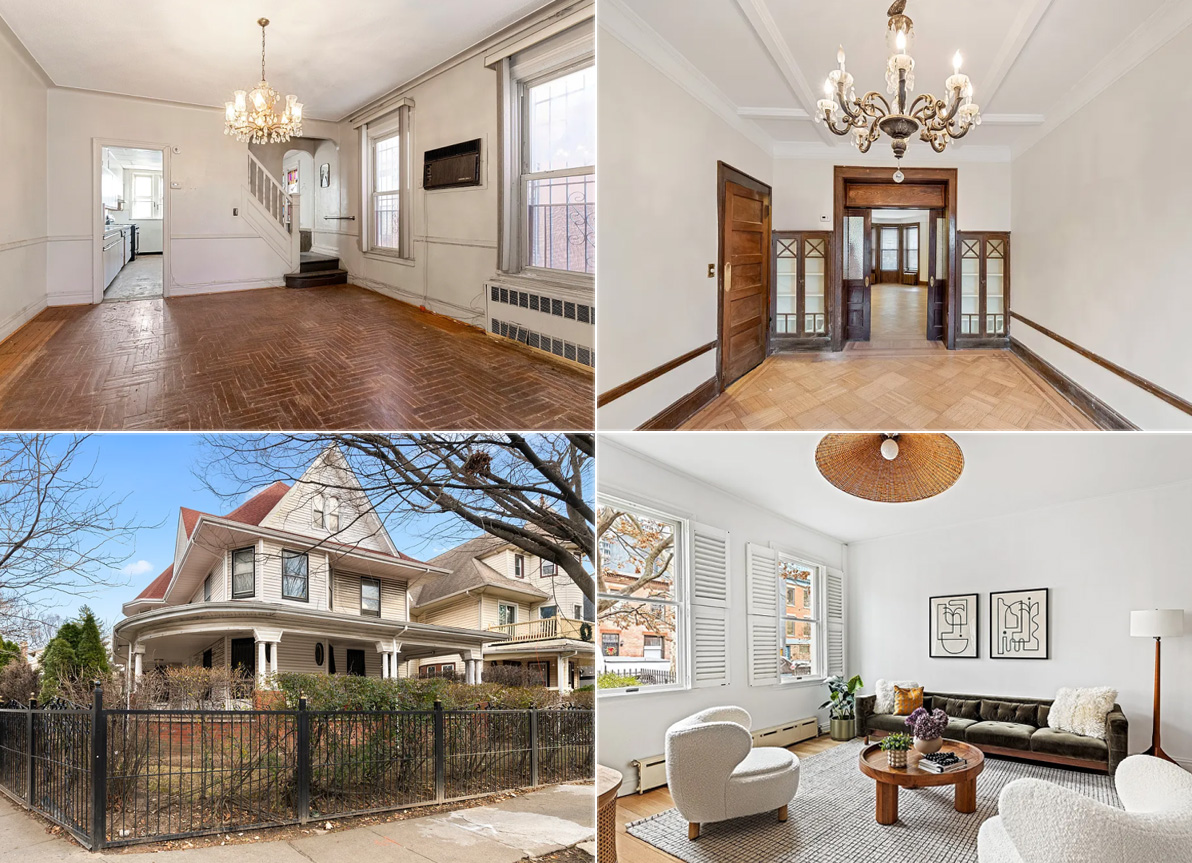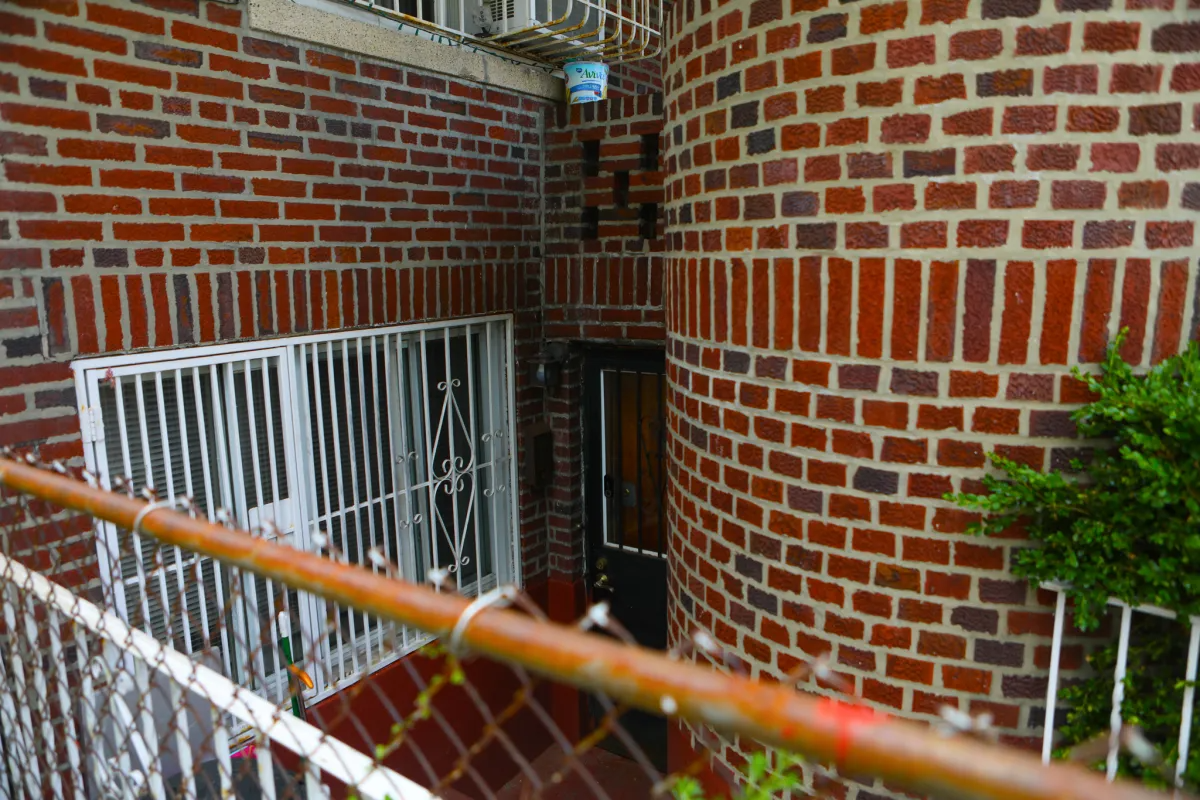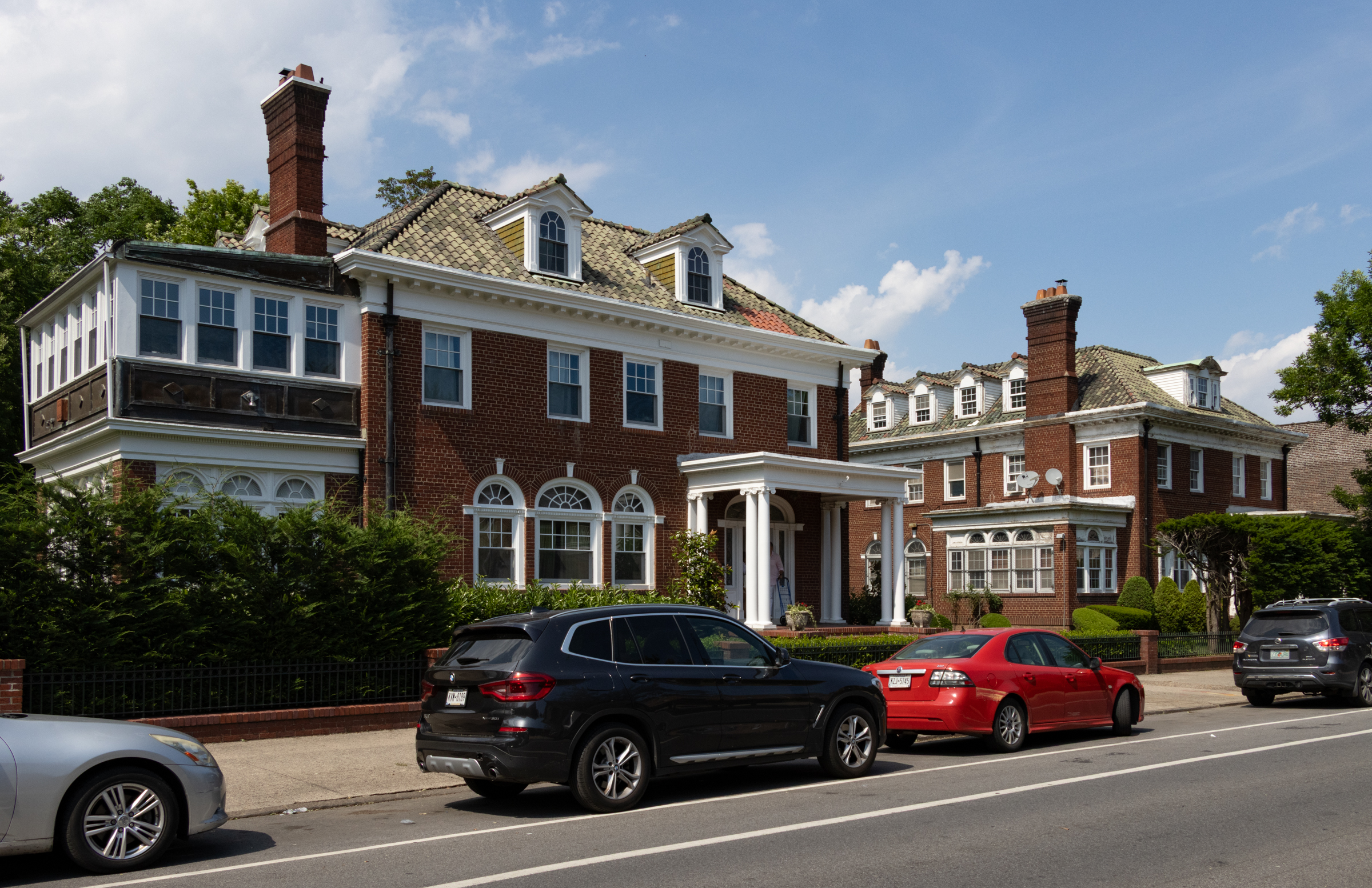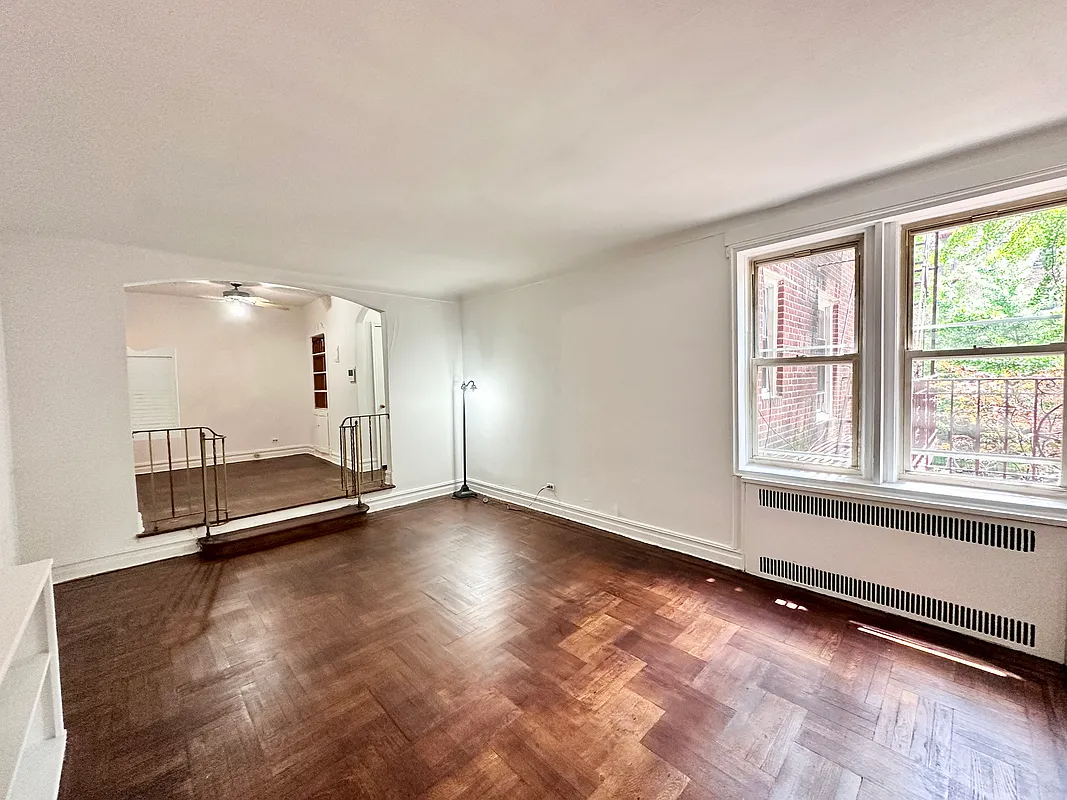Building of the Day: 77 Livingston Street
Brooklyn, one building at a time. Name: The Robert Livingston Apartments Address: 77 Livingston Street Cross Streets: Court and Boerum Street Neighborhood: Downtown Brooklyn Year Built: 1964 Architectural Style: Modernist Architect: Philip Birnbaum Other Work by Architect: Over 300 buildings, including Hotel Parker Meridian, The Galleria, One Lincoln Plaza, Trump Plaza, all in Manhattan. Metropolitan Industrial…

Brooklyn, one building at a time.
Name: The Robert Livingston Apartments
Address: 77 Livingston Street
Cross Streets: Court and Boerum Street
Neighborhood: Downtown Brooklyn
Year Built: 1964
Architectural Style: Modernist
Architect: Philip Birnbaum
Other Work by Architect: Over 300 buildings, including Hotel Parker Meridian, The Galleria, One Lincoln Plaza, Trump Plaza, all in Manhattan. Metropolitan Industrial Bank, Forest Hills, Queens.
Landmarked: No
The story: Here on the Building of the Day, we strive to bring you information on all kinds of buildings that go to make up the architectural fabric of Brooklyn. Over the weekend, I was one of fifteen or so people who attended a walking tour of Downtown Brooklyn’s Skyscraper Historic District and environs, a tour sponsored by the Historic Districts Council. Our tour guide was Francis Morrone, the eminent author and authority on New York City’s architecture. He lives here in Brooklyn, and is especially well versed in our architectural diversity, and is the author of “An Architectural Guidebook to Brooklyn,” a book I reference so often, I’ve had to tape it back together.
Francis had just told us about 75 Livingston, the beautiful Neo-Gothic Chamber of Commerce Building, and our tour was headed down to the former Board of Ed building, when we stopped in front of the Robert Livingston, and Francis pointed to it. Everyone laughed. THIS place? Worthy of a stop and chat? Well, yes, and you know what? It too, like the much more beautiful and interesting buildings around it, also had a tale to tell.
By the beginning of the 20th century, this part of Downtown, then and now, was home to Brooklyn’s civic heart. A block away was Borough Hall, and in what would be the Robert Livingston’s back yard, was the Municipal Building, the County Court House and the Hall of Records. There was a small park on the corner of Court and Joralemon, and on the site of the apartment building stood the Brooklyn Polytechnic Institute, a private school for young men, established on this site in 1855.
As we all know, buildings in New York City can be have the fluidity of glaciers, and what looks like a solid mass of important building that will always be with us, can be here today, gone tomorrow. All of the buildings that were represented in the 1907-1908 map of this Livingston Street area are now gone. In 1957, Poly Tech moved over to Jay Street. In 1964, the Robert Livingston Apartments were constructed.
The golden yellow brick building is by Philip Birnbaum, one of the most prolific architects of mid-20th century New York, and a name almost no one knows. He was the architect of over 300 buildings throughout the city, most of them totally unmemorable. He was born in 1907 in Upper Manhattan, attended Stuyvesant High School, and then got his architectural degree from Columbia University. He was an age to be a contemporary of another Philip; starchitect Philip Johnson, but one is a household word, the other forgotten.
The New York Times said that “banal” was probably among the kinder words used to describe some of his work, yet Birnbaum probably cried all the way to the bank. Developers loved him. He may not have been a master of “wow” exteriors, but he could design a layout that utilized every square inch of space, with almost no waste. This resulted in more apartments per floor; and by eliminating interior hallways in each unit, more room in those apartments for tenants. He designed for the people who lived in his buildings, he said, not the elite. He had a long, successful career and died in Manhattan at the age of 89, in 1996.
He was very keen on windows in his buildings, a carry-over from a childhood living in poorly lit tenements. His daughter, Dara Birnbaum, said that some of the railroad apartments were so dark, he would go outside to study by streetlight. He also was an innovator in the use of rooftop pools. Many of his buildings have them, and he liked that he could give tenants a private space, just for them. He also liked the economy of using the roofs, which were, in a sense, untapped space. The Robert Livingston doesn’t have a roof pool, but it has always had a gym.
Philip Birnbaum was one of the group of independent architects responsible for Manhattan’s “white brick” apartment buildings, which populate much of the Upper East Side, especially east of Lexington Avenue. He was quoted as comparing the shiny brick to “a woman going out and buying a new dress.” Presumably, she bought a new spring frock in the color choice for this building. In doing research for this now co-op building, I found basically nothing. No one who lived here made the papers for anything whatsoever, and no scandal or impropriety has touched this building. Everyone in here is quiet and low key, in all 238 units. It is the perfect Birnbaum building. GMAP
Thanks again to Francis Morrone. He remains a great source of information, and is regarded as one of the best tour guides in the entire world. If you catch one of his tours, for anywhere in the city, you will agree.








Sorry, Birnbaum. Posting from a phone.
I lived on Schmerhorn and looked at this building nearly everyday for over 20 years. The first few weeks I lived on Schermerhorn, a sniper got on their roof and was shooting over at us. I have no fond memories of that place.
The co-op where I lived in Queens was designed by Brinbaum. It was a thoughtful design with careful attention to layout and details such as door knobs and railings.